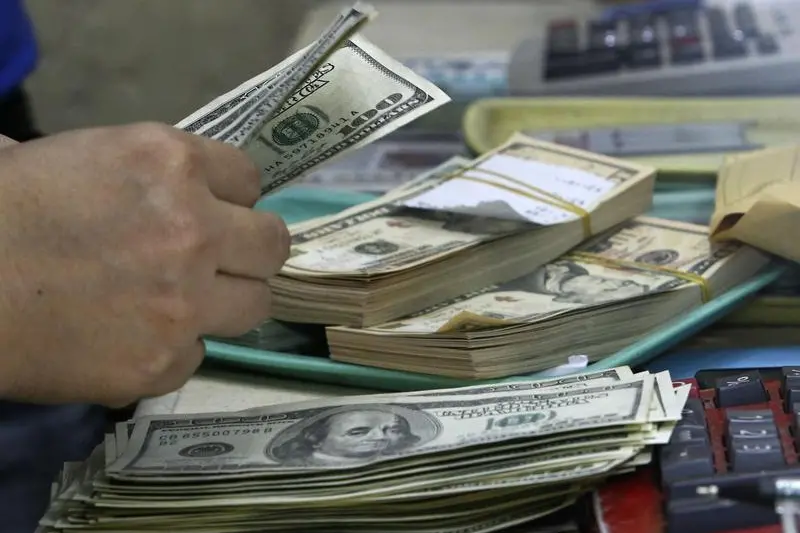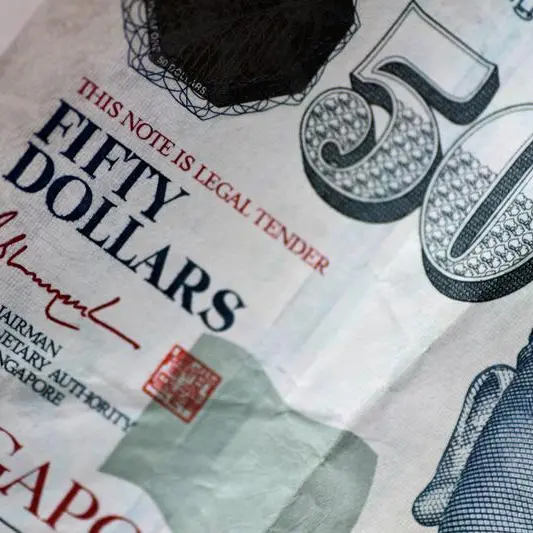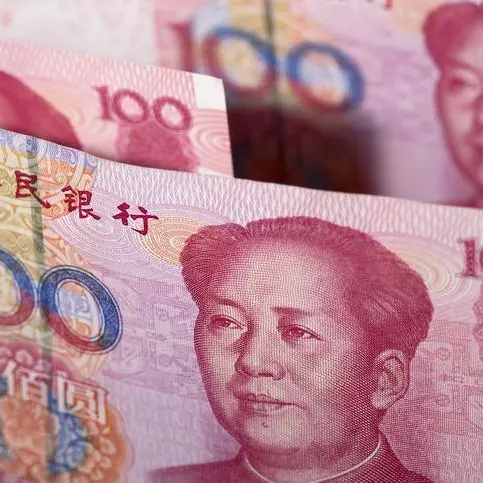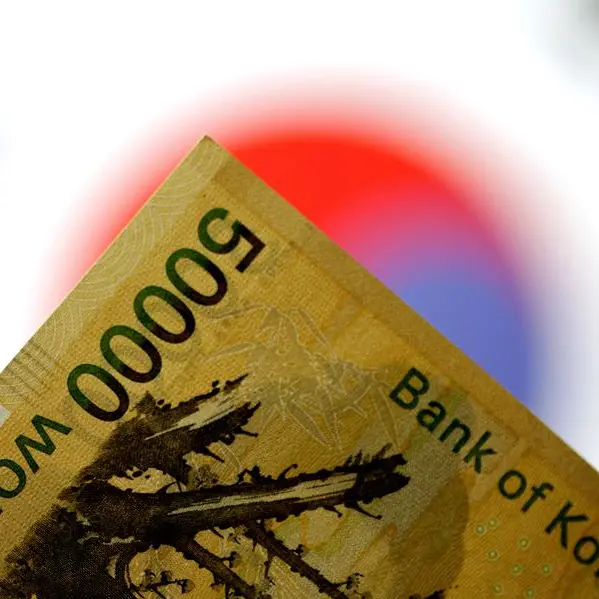PHOTO
The depreciation of the peso against the US dollar is only temporary due to the current market sentiment surrounding the US Federal Reserve, an official from the Bangko Sentral ng Pilipinas said.
In an online press briefing on Friday, BSP Senior Assistant Governor Iluminada Sicat said the peso weakness is only temporary as the dollar is buoyed by the monetary policy stance of the Fed, which may delay its policy rate cuts this year.
'We believe the current depreciation of peso is merely sentiment-driven,' she said. '(Eventually,) the direction or path of the foreign exchange rate will be determined largely by fundamental developments.'
The peso has been above the 58 to $1 level since late May. The local currency closed at 58.65 to $1 on Friday, down by seven centavos from its previous finish of 58.58 to $1.
Year to date, the peso has depreciated by 5.6 percent from its end-2023 close of 55.37 to $1. The local unit also hit a 19-month low of 58.79 to $1 on June 10.
According to Sicat, the peso will be largely influenced by the supply and demand of foreign exchange (FX) moving forward.
'We are anticipating our balance of payments (BOP) position to be at a surplus for 2024,' she said. 'Meaning to say, there will be more supply of FX. We are anticipating more supply of FX in 2024 than what is being demanded.'
On Friday, the Monetary Board raised the country's BOP surplus forecast to $1.6 billion (0.3 percent of gross domestic product) for this year from the original target of $700 million (0.1 percent of GDP).
For next year, the BOP surplus is now projected at $1.5 billion (0.3 percent of GDP), a turnaround from the $500-million deficit (-0.1 percent of GDP) previously given in the first quarter.
The adjustments in BOP forecasts for 2024 and 2025 were mainly due to the narrower current account balance for the next two years.
The BSP lowered its current account deficit target for 2024 to $4.7 billion (-1 percent of GDP) from the previous forecast of $6.1 billion (-1.3 percent of GDP) and to $2 billion (-0.4 percent of GDP) for 2025 from the original target of $5.8 billion (-1.1 percent of GDP).
The BOP is the difference in total values between payments into and out of the country over a period. A surplus means more dollars flowed into the country than what flowed out to pay for the importation of goods, services and capital.
Redentor Paolo Alegre, senior director of the Department of Economic Statistics at the BSP, said the peso depreciated by two percent to an average of 55.96 to $1 in the first quarter from 54.86 to $1 in the same period a year ago.
However, the peso appreciated by 0.2 percent compared to the average of 56.06 to $1 in the fourth quarter of 2023.
'The peso appreciated against a basket of currencies of major trading partners in advanced and developing economies in both nominal and real terms,' he said.
He added that the slight peso appreciation was supported by improving inflation, sustained FX inflows from remittances, BPO and tourist receipts, adequate level of dollar reserves as well as robust economic growth prospects for the Philippines this year.
Copyright © 2022 PhilSTAR Daily, Inc Provided by SyndiGate Media Inc. (Syndigate.info).























